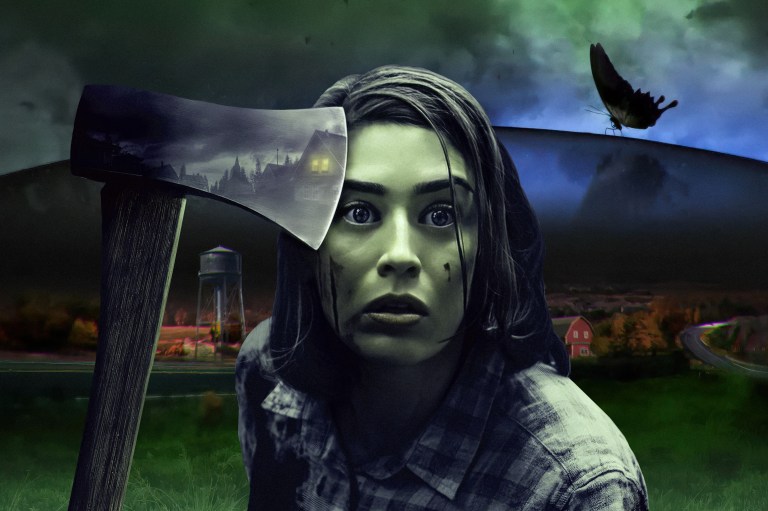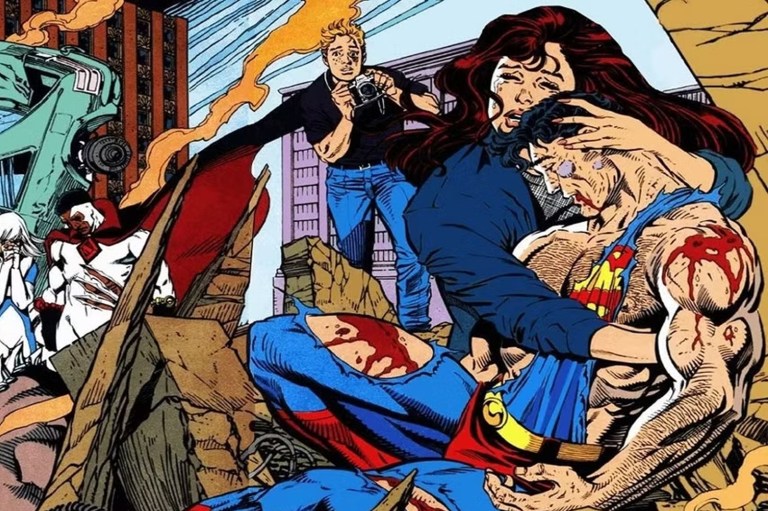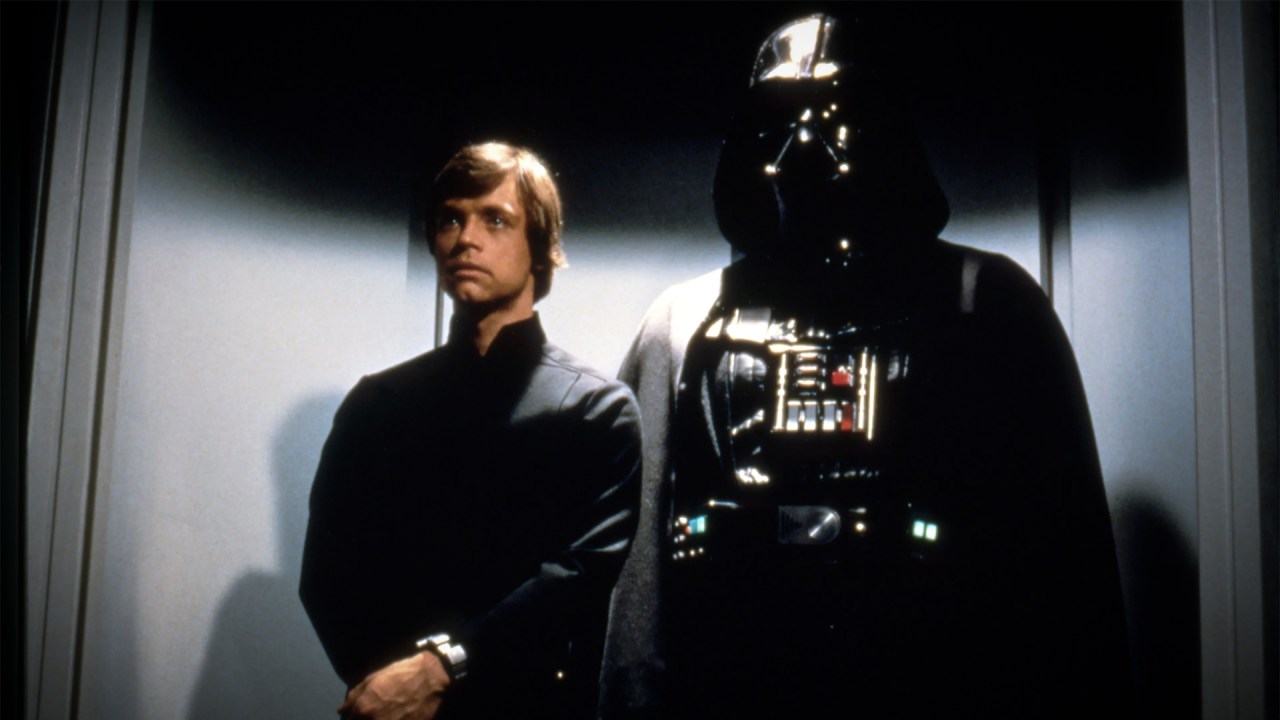
The 7 Best Threequels in Movie History
Sometimes the third time’s the charm.
When looking at the history of the film industry, most people might observe that – more often than not – a sizable portion of movie series only tend to grow worse over time. After all, where once The Godfather, Terminator, and Jaws films dominated the pop culture zeitgeist, the series’ later sequels left fans grievously disappointed by its lackluster quality, paling in comparison to its original, far better entries in their respective franchises.
Every so often, however, a third film in a franchise will come along that shatters audiences’ expectations, ushering in a film every bit as good (if not better) than its immediate predecessors. From classic space opera films to Oscar-winning fantasy epics, here are some of the best threequels we’ve seen yet, ranked in order from worst to best.
Return of the Jedi (1983)
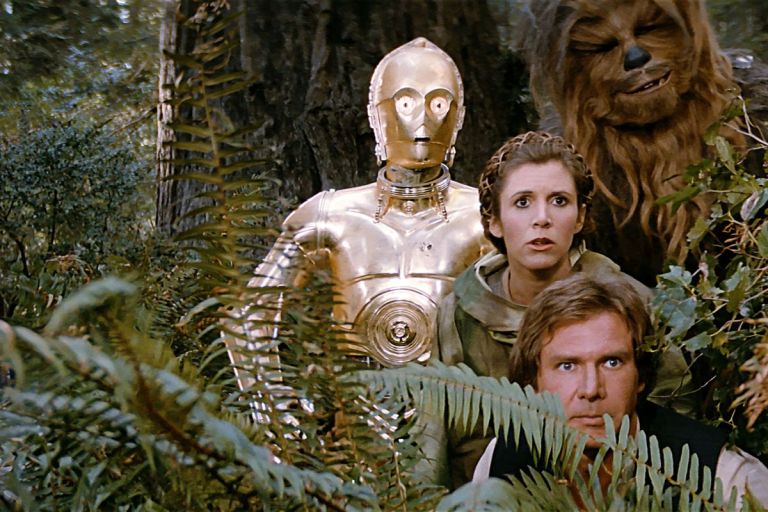
The third and final chapter in Star Wars’ Original Trilogy, Return of the Jedi might not necessarily match the avid acclaim of A New Hope or The Empire Strikes Back before it. At its heart, though, George Lucas conjures up a fitting final battle between the Rebellion and the Empire, spearheaded by Luke’s climactic duel with Emperor Palpatine and his morally conflicted father, Darth Vader. A perfect conclusion to one of the entertainment industry’s most beloved sci-fi series, Return of the Jedi is every bit as enjoyable now as it was in 1983.
Harry Potter and the Prisoner of Azkaban (2004)
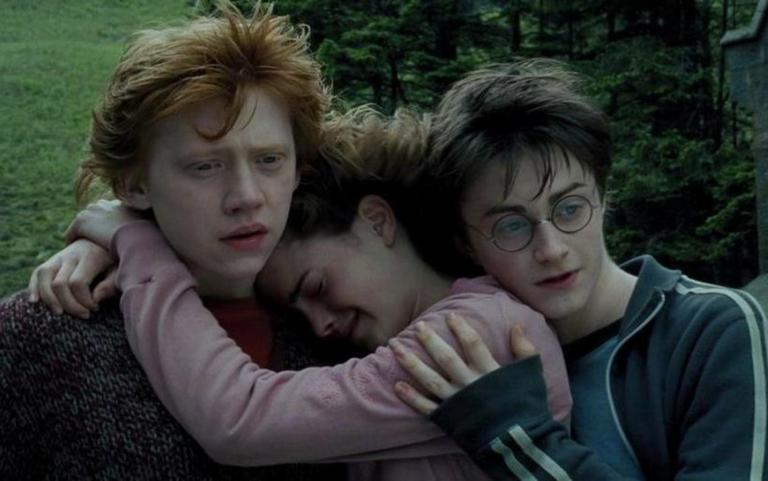
In many ways, Harry Potter and the Prisoner of Azkaban marked a serious tonal shift in the Harry Potter continuity. Distancing itself from the generally lighter aesthetic of Sorcerer’s Stone and Chamber of Secrets, Prisoner of Azkaban ushered in a new, somewhat darker presentation for the Harry Potter films moving forward. Rather than ending on a high note with Harry and his friends triumphing over Voldemort’s insidious minions, Prisoner of Azkaban proved that not every adventure of Harry’s would end with a cathartic conclusion, further heightening the dangers of the returning Dark Lord ahead of The Goblet of Fire.
Indiana Jones and the Last Crusade (1989)
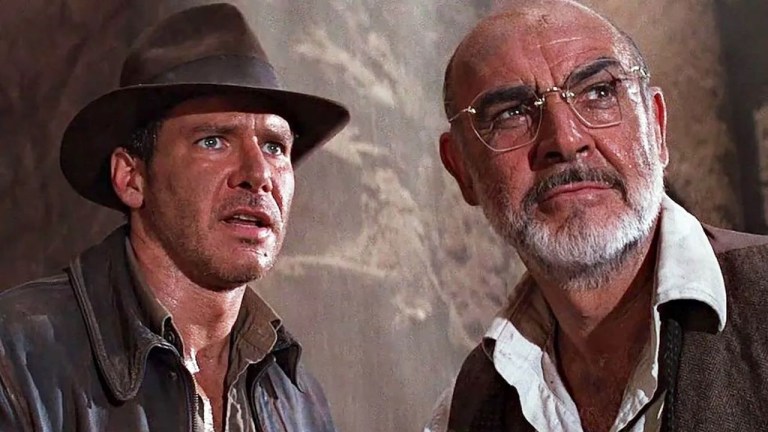
A significant improvement over the far darker Temple of Doom, Indiana Jones and the Last Crusade returned the series to its franchise roots as a light-hearted, swashbuckling adventure film in the same mold as Raiders of the Lost Ark. Swapping out a prominent romantic interest for Indy’s eccentric father (the late great Sean Connery), The Last Crusade offers a stunning, often hilarious portrayal of a family learning to move past their estrangement, thanks in large part to their interactions with nefarious Axis collaborators, secret religious orders, and immortal Crusader knights.
Goldfinger (1964)
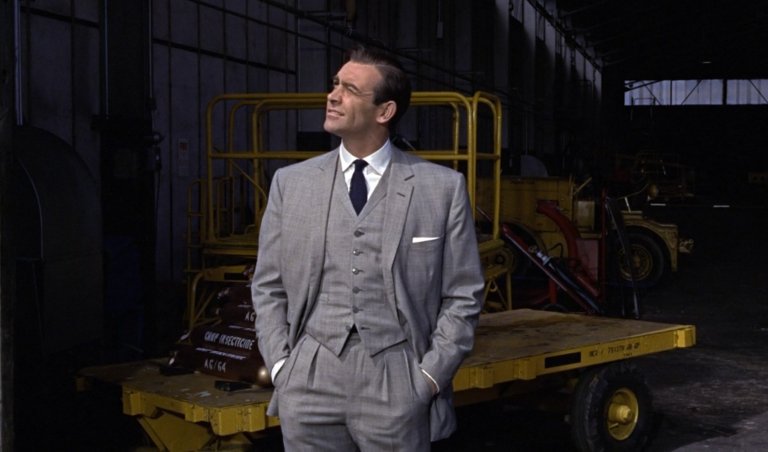
Six decades, 22 films, and five James Bond actors later, and it’s still hard to find a James Bond film as outwardly iconic as 1964’s Goldfinger. The definitive outing for Sean Connery’s charismatic British spy, Goldfinger set the standard for every 007 film that followed, establishing an enjoyably kitschier tone that every sequel from On Her Majesty’s Secret Service to GoldenEye sought to emulate.
The Good, the Bad and the Ugly (1966)
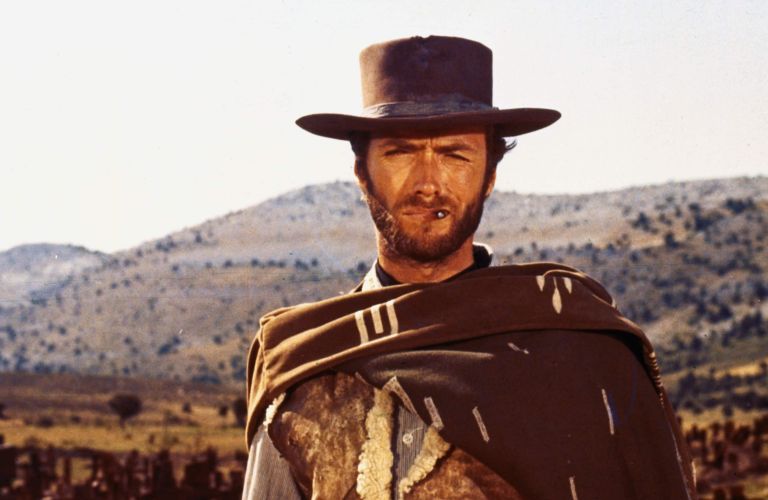
Technically more of a prequel than an outright threequel, The Good, the Bad and the Ugly nevertheless remains the most beloved entry in Sergio Leone’s hit Dollars Trilogy (an already great series in and of itself). Taking ample advantage of its whopping three-hour runtime, Leone effectively builds upon the foremost conventions of the Spaghetti Western. Not only that, but Leone still takes the time to paint a heartrending portrait displaying the horrors of the American Civil War, allowing for profound moments of quiet contemplation amidst its grand-scale story of buried treasure, epic gun battles, and morally scrupulous lead characters.
Toy Story 3 (2010)
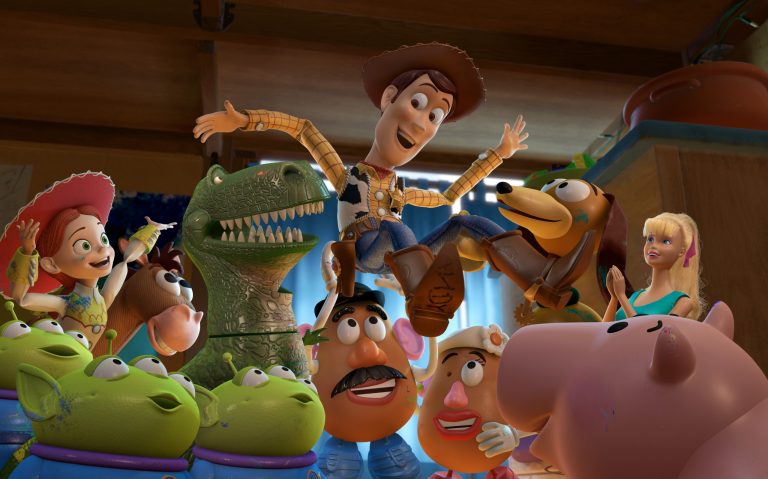
As most fans know by now, Pixar movies have a tendency of tugging at viewers’ heartstrings, whether discussing the opening sequence of Up or the gutwrenching Bing Bong scene in Inside Out. Yet even when compared to Pixar’s other films, Toy Story 3 ranks as a different sort of beast entirely. Though its main plot might focus on a Great Escape-style prison break story, Toy Story 3’s greatest strength lies in its exploration of Andy’s transformation into adulthood, leading him to say goodbye to his closest friends in a finale that’s guaranteed to leave audiences sobbing until their stomach hurts.
The Lord of the Rings: The Return of the King (2003)
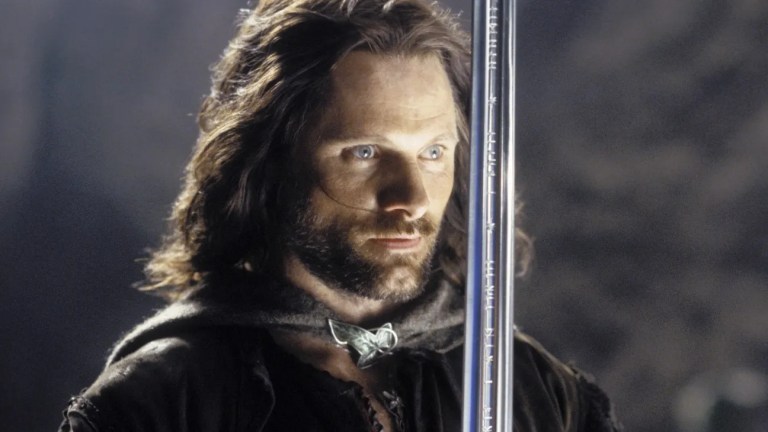
Against all odds, Peter Jackson did the unthinkable with his third and final entry in The Lord of the Rings Trilogy, The Return of the King. A rare threequel that superseded its earlier two chapters, The Return of the King drew Frodo and the Fellowship of the Ring’s adventures to a close in tense, exciting, intensely cathartic manner. Transporting viewers from the barren plains of Mordor to the chaotic battlefields of Gondor, The Return of the King never wasted a second of its three hour runtime to leave audiences dazed, awestruck, and thoroughly enthralled by its epic narrative.
